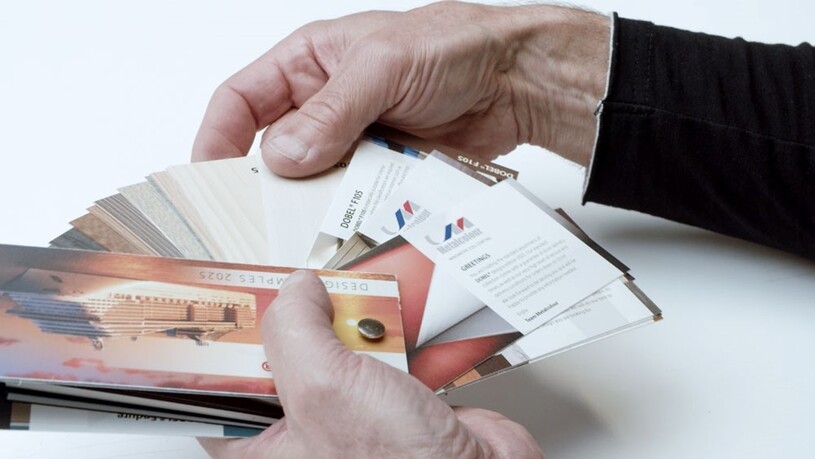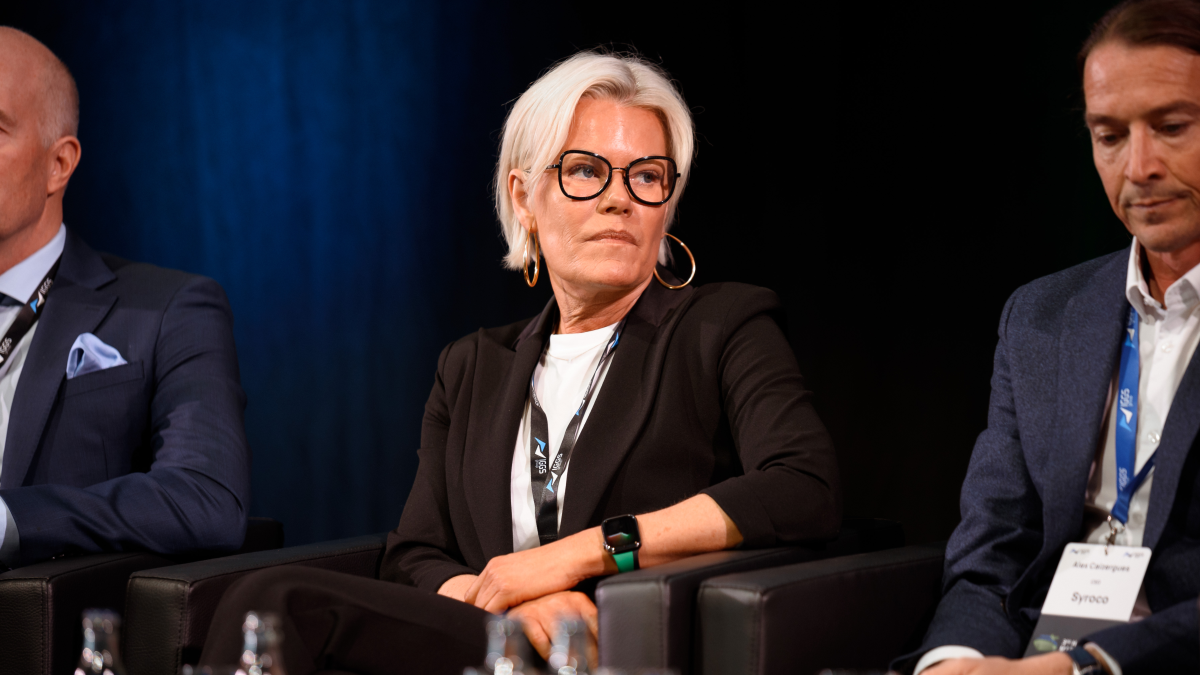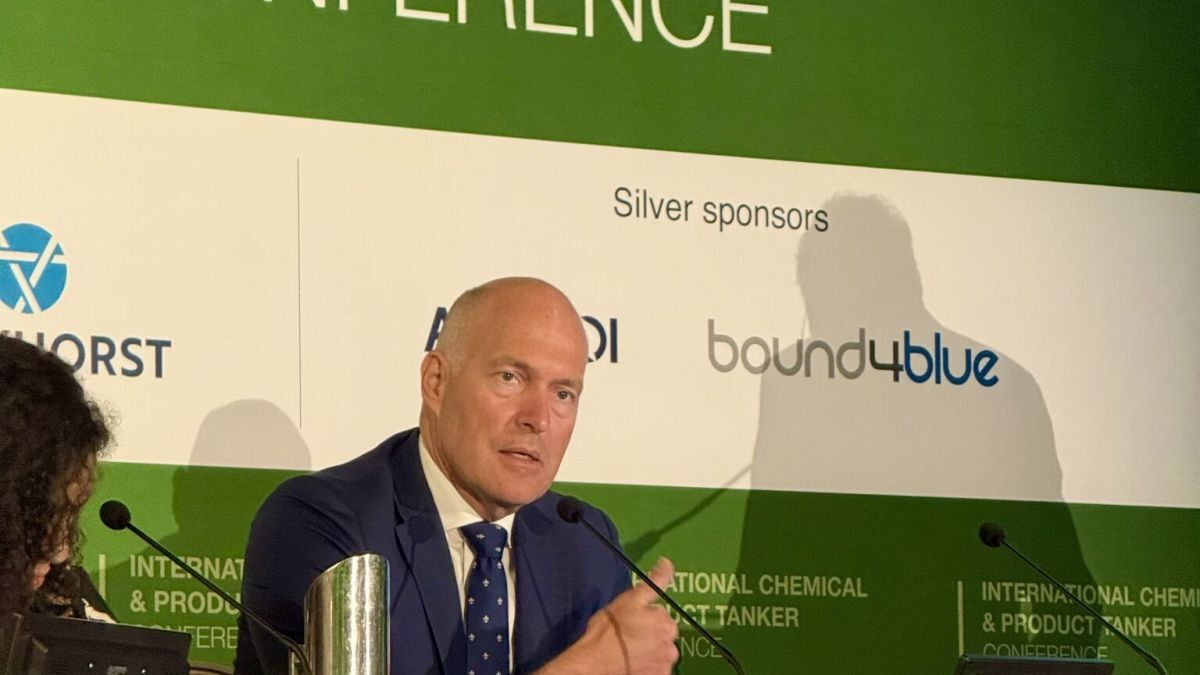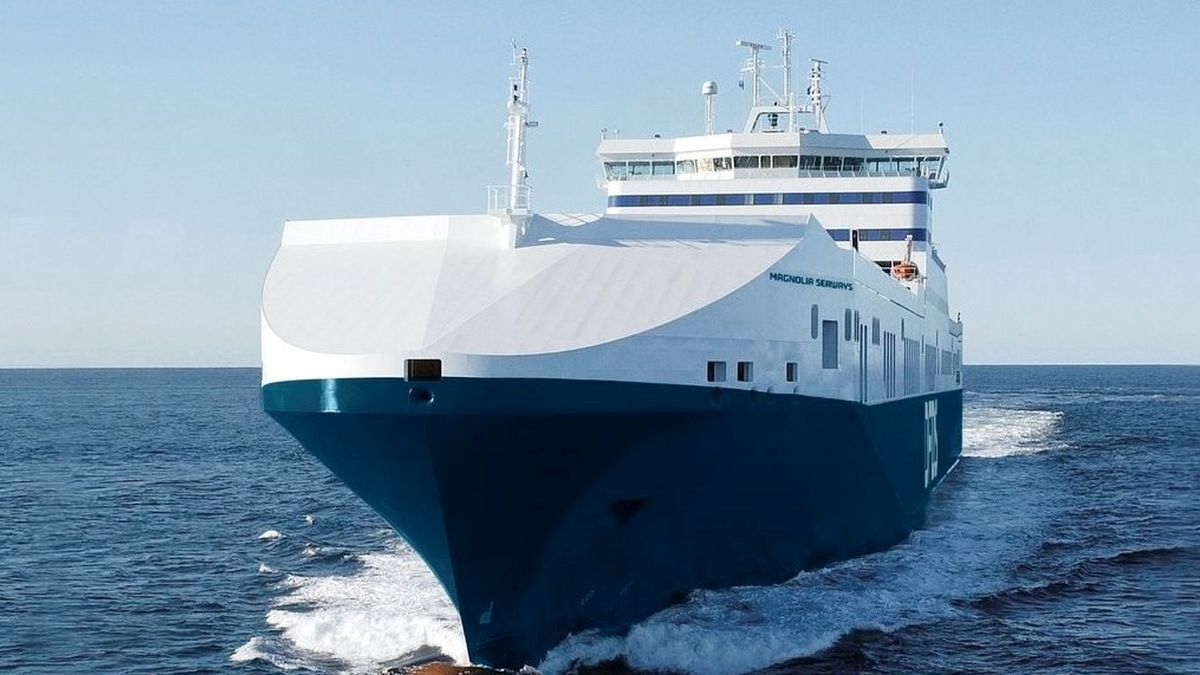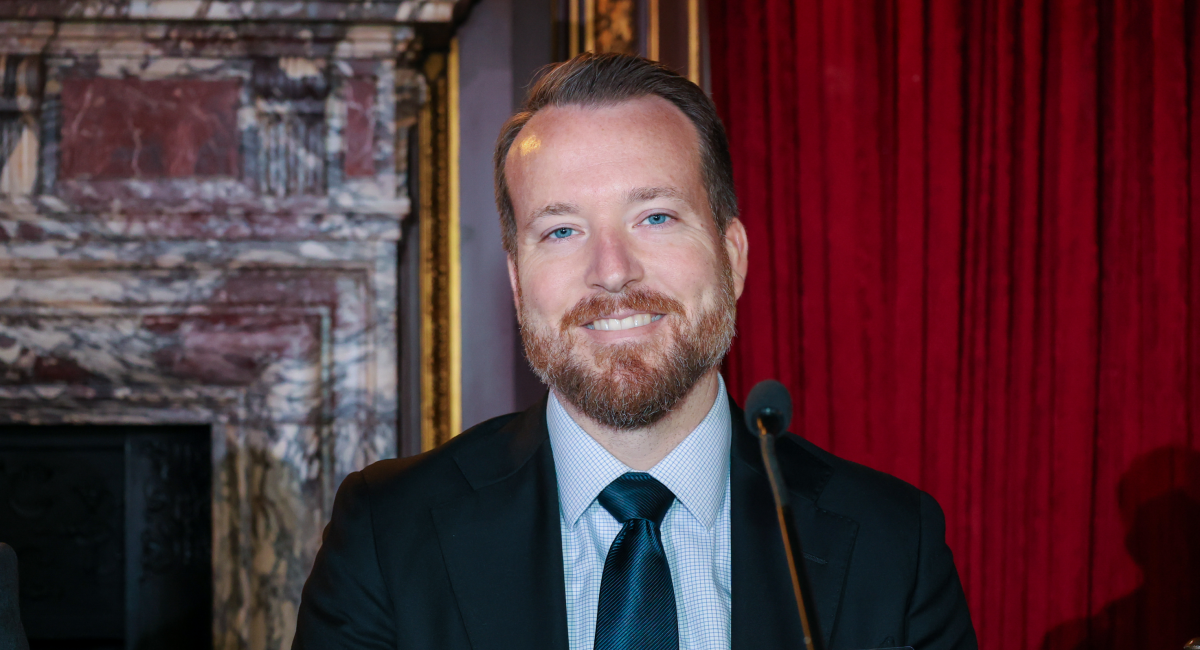Business Sectors
Events
Contents
Register to read more articles.
The great divide: which shipowners are ready for carbon trading?
Those shipowners that embrace the ETS and carbon trading will gain a competitive advantage, writes Patrik Wheater
With the European Union’s Emissions Trading System (EU ETS) now being phased in to cover CO2 emissions from ships over 5,000 gt, and the UK’s ETS Authority confirming that domestic voyages between UK ports will come into force from 2026, is the shipping industry ready for carbon trading? Not entirely, it seems.
According to Iain Stevenson, carbon business development manager, Carlton Carbon, an organisation helping the industry comply with its ETS obligations, there is a “varying degree of preparedness” and if a shipping company is short by the end of its compliance year, it will cost €100 per tonne of CO2e.
Speaking during a panel discussion on decarbonisation at a recent industry forum in Hamburg, Germany, Mr Stevenson said: “There is a big divide between those companies that have taken the challenges onboard and understand the complexities, and those that have taken a backseat. Shipping is known for having a wait and see attitude … but there is some denial because tough decisions often mean more cost. There is this divide emerging across the industry.”
Carlton Carbon sees those companies that have acknowledged the EU ETS as a positive step have been more proactive in ensuring processes, data capture and procedures are set up correctly.
“This really is important because [the market] is only going to get more aggressive. The shipping industry must be more proactive in understanding what is required,” said Mr Stevenson.
As an aide memoire, the EU ETS – the world’s largest carbon compliance market – was set up in 2005 to reduce carbon emissions by capping the amount of CO2e operators can produce. It aims to do so by putting a price on CO2 and gradually reducing the supply of allowances [carbon credits] to incentivise the transition to clean fuels. Companies must surrender allowances equal to their emissions on an annual basis. Allowances can be traded via the European Energy Exchange (EEX), the Intercontinental Exchange (ICE) or through a trading partner, like Carlton Carbon.
Mr Stevenson anticipates more frequent and fluid trading of ETS allowances, with volumes becoming much smaller to reduce exposure. This is indicative in the decision by ICE to launch a mini derivative, moving the CO2e allowances traded from 1,000 t to 100 t.
“Tough decisions often mean more cost”
“Shipping has been lucky not to be included in this system until now as it is a huge global polluter,” Mr Stevenson said. “ETS works and is a powerful and positive climate management tool. Now’s the time to embrace the change, not fight against it.”
Norwegian chemical tanker operator Odfjell, meanwhile, prepared for ETS several years ago.
Speaking during the same panel discussion, the shipowner’s chief sustainability officer, Øistein Jensen, explained how the company combined its own infrastructure and data capture system to allocate the different amounts of CO2e allowances to different customers.
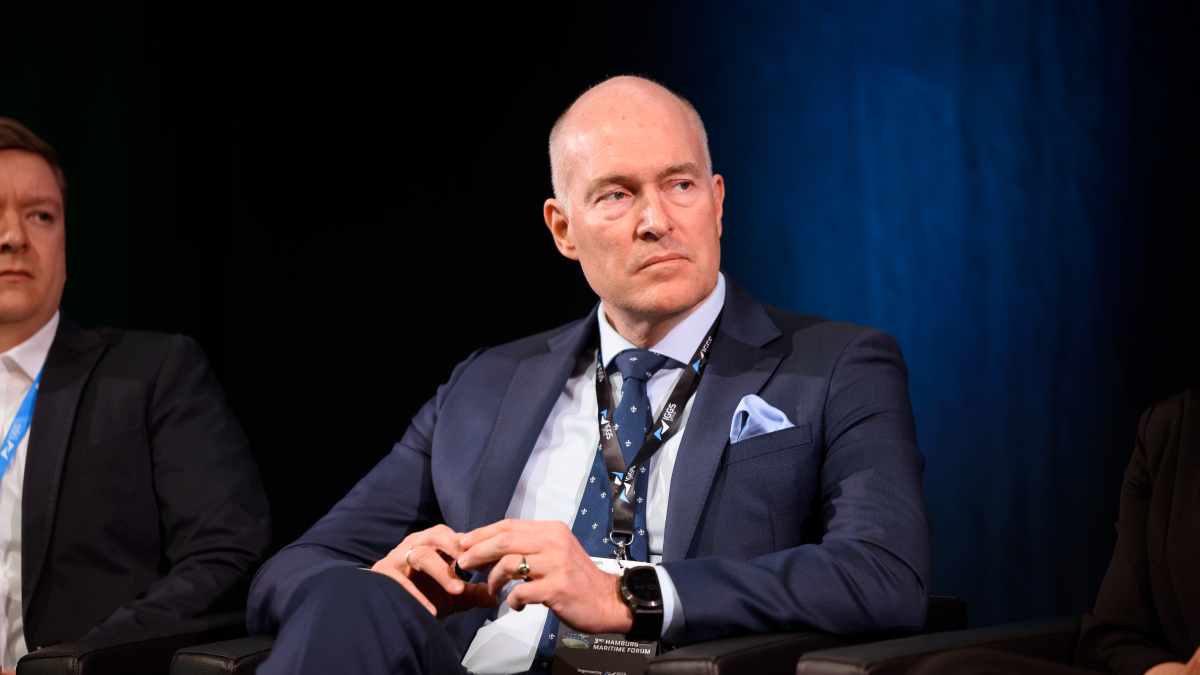
“It is essential that we are able to do this,” he said, urging delegates not to forget the underlying purpose of ETS.
“It’s not there to provide revenues to the EU; it’s supposed to drive behaviour, it’s supposed to drive change. And if we are not able to do that, if we consider it as just another added cost, then it will become just another tax that just increases the cost level. We need to make sure we can make it transparent.”
Mr Jensen said visibility of a shipping company’s ETS position means that charterers would be more incentivised to charter vessels with the lowest CO2e, even if it may cost more to charter a low-carbon vessel.
“It’s extremely important ETS and other market-based measures drive behaviour. It’s really important for us to decarbonise our business in order to be competitive,” he said.
Mr Jensen explained that the managing, reporting and validation (MRV) management system Odfjell has introduced can collect ship emissions data in almost real time. Once captured, internal performance teams assess and validate the data to calculate ETS much earlier. It also automates and standardises reporting. “It makes ETS easier,” he said.
“Shipping has been lucky not to be included in this system until now”
However, allocating part of the journey to different customers/charterers can be complicated when there is a diverse portfolio of products onboard. To this end, Mr Jensen advocates the adoption of the Sea Cargo Charter methodology, which he said could also help with the increased demands of Scope 3 emissions reporting.
“Data is crucial,” he said. “Transparency, traceability, audit ability; it is going to be huge. It also has the capability for some companies to use it to their competitive advantage.”
Implementing a system
Shipmanager V. Ships is another to have established processes early doors to ensure its shipowning customers are compliant, although “some don’t want to be bothered by all of this. They just want us to fix it, get it done, make sure they comply,” said Ula Eithz Neilsen, managing director of V. Ships Germany.
Ms Nielsen explained during the Hamburg forum that the shipmanager has established a centre of ETS excellence at its Hamburg office to serve all V. Group offices and customers globally.
She furthered that the company implemented an ETS management system about five years ago to automatically capture emissions data from its fleet of 600 ships, with all the information accessible via one platform.
“Implementing a system is not difficult, but using it right and using it every day is very difficult,” she told delegates. “But we have the experience now and we are in a good place to manage it. If we didn’t have this [system], it would be a very, very complicated process to manage all of the data. I would say impossible. You do need a strong, solid system, one system to manage everything ... we can handhold our customers all the way through [the process].”
Commenting on 2025, the first year in which the shipping industry will have to surrender data on the previous year’s emissions, Ms Nielsen said the administrative part “will be enormous” because of the potential impact of liabilities.
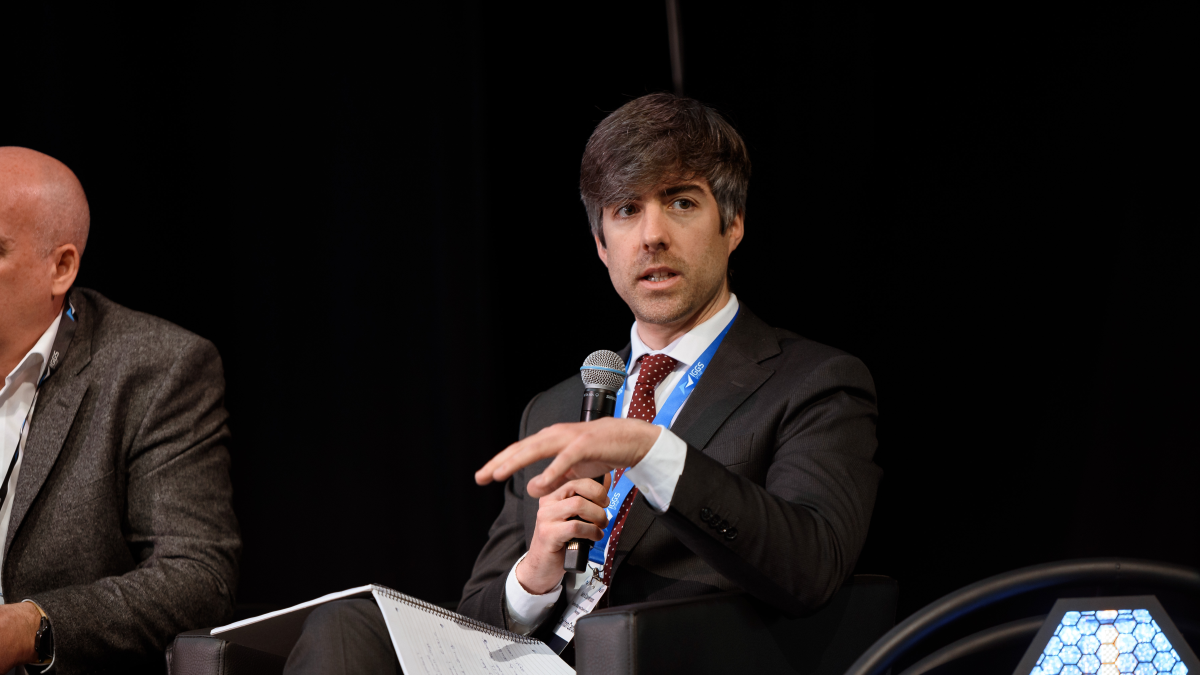
Mr Stevenson agrees: “The first EU Allowance (EUA) surrender deadline for shipping emissions may not be until September 30, 2025, but there is a lot more to do before then than just setting up a Maritime Operator Holding Account (MOHA),” he said.
“Charterers would be incentivised to charter vessels with the lowest CO2e”
“Shipping companies that find themselves exposed to ETS regulations will need to choose a carbon trading partner, set up new compliance processes, decide on a purchasing strategy, and budget accordingly for additional costs they will now be incurring for the right to pollute. But most importantly, it’s about seeking the right support so that they understand the market and appreciate that EUAs are a volatile, freely traded commodity. Ultimately, those companies that prepare and engage with the ETS will gain a competitive edge over those that do not,” he concluded.
Singapore-registered ships face steep EU ETS bill
Singapore-registered ships will be required to pay an estimated €330M (US$359M) of Asian shipping’s total emissions liabilities under the EU ETS, according to a Hamburg-based marine technology firm.
Based on its modelling analysis, OceanScore estimates that 5.5M EU Allowances (EUAs), or carbon credits, will have to be surrendered for some 1,120 Singapore-flagged vessels once the EU ETS is fully implemented in 2026.
OceanScore is basing its estimates on the carbon price of €60 (US$65) per tonne of CO2. Singapore-based shipping companies would account for around one third of €1Bn (US$1.1Bn) in total emissions liabilities for Asia-based ocean shipping, according to OceanScore.
Singaporean shipping companies will be liable for about 7% of nearly 80M EUAs to be surrendered by shipping globally.
By contrast, non-EU European nations, like the UK and Norway, will have to surrender 4.4% and 3.8% of global EUAs, respectively.
20% of Singapore’s EUA contribution will be paid for by four major container lines that have set up management units in Singapore: CMA CGM; K Line; Mitsui OSK Lines (MOL); and NYK. CMA CGM alone will account for more than 10% of all Singapore’s EUAs.
Furthermore, several large shipmanagers are active in Singapore that control other types of tonnage, including tankers and bulk carriers. Among these are Anglo Eastern, OSM Thome, Fleetmanagement, Columbia Ship Management and Bernhard Schulte.
OceanScore co-managing director, Albrecht Grell, points out an “interesting anomaly” is that 11% of all EUAs to be contributed by Singaporean shipping are caused by emissions during port calls in Europe, versus an average of 6% for EU-registered vessels, across all ship types and segments. “Given the price of emissions will only increase, this is worth exploring,” he says.
Related to this Story
Events
Maritime Environmental Protection Webinar Week
Cyber & Vessel Security Webinar Week
The illusion of safety: what we're getting wrong about crews, tech, and fatigue
Responsible Ship Recycling Forum 2025
© 2024 Riviera Maritime Media Ltd.

